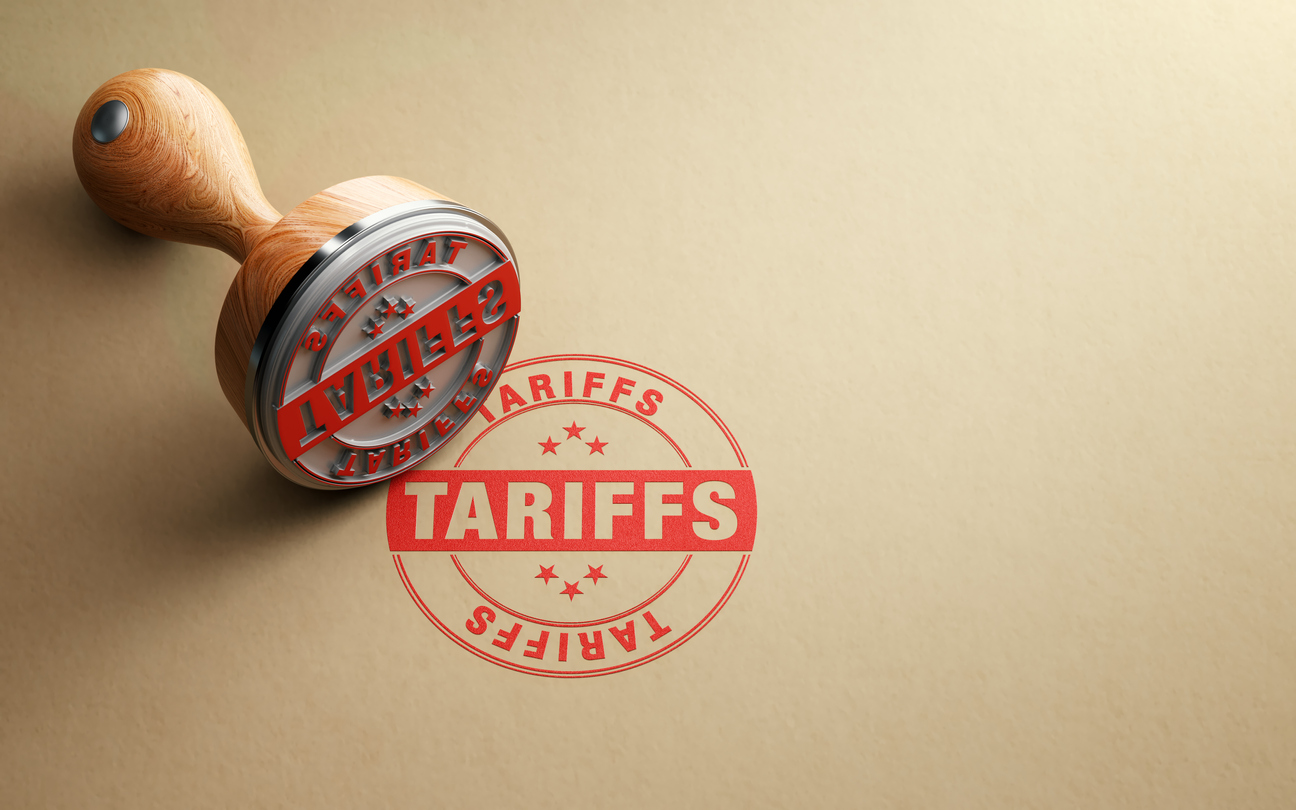India's Economy: The Ripple Effect Of Reciprocal Tariffs

Table of Contents
Understanding Reciprocal Tariffs and their Mechanism
Reciprocal tariffs are essentially tit-for-tat tariffs imposed by one country in response to tariffs levied by another. Unlike unilateral tariffs, which are imposed unilaterally, reciprocal tariffs are a reactive measure, aiming to create a level playing field or retaliate against perceived unfair trade practices. This "tit-for-tat" nature can quickly escalate into trade wars, harming all involved parties.
- Definition of reciprocal tariffs: Taxes on imported goods imposed as a direct response to tariffs imposed by another country.
- Mechanism of implementation: Usually involves identifying specific goods to target, calculating equivalent tariff rates, and implementing them through official government channels. The WTO provides a framework for dispute resolution, but this process can be lengthy.
- Examples of recent reciprocal tariff disputes: The US-China trade war provides a prime example, with both countries imposing and responding to tariffs on various goods. Similar disputes have occurred between India and other nations concerning specific sectors.
Impact of Reciprocal Tariffs on Key Indian Industries
The impact of reciprocal tariffs on India's economy is multifaceted. Certain sectors are more vulnerable than others. Industries heavily reliant on exports or imports of specific materials are particularly at risk.
- Impact on the textile industry: The Indian textile industry, a significant exporter, could face reduced demand for its products in the international market due to retaliatory tariffs imposed by importing countries. This could lead to job losses and reduced production.
- Impact on agricultural exports: India's agricultural exports, such as basmati rice and spices, are vulnerable to tariffs in key markets. Reduced export volumes can depress prices and impact farmers' livelihoods.
- Impact on the pharmaceutical sector: India's generic pharmaceutical industry, a major exporter, could face challenges due to tariffs on its products in other countries. This can affect both profitability and access to essential medicines globally.
- Impact on the IT services sector: While less directly affected by tariffs on physical goods, the IT sector could indirectly suffer from reduced global economic activity caused by trade disputes.
Governmental Responses and Mitigation Strategies
The Indian government has implemented various strategies to mitigate the negative effects of reciprocal tariffs. These strategies include negotiating trade agreements, diversifying export markets, and bolstering domestic industries.
- Governmental policy changes and trade negotiations: The government actively participates in bilateral and multilateral trade negotiations, aiming to reduce tariffs and resolve trade disputes through diplomacy.
- Effectiveness of trade diversification strategies: Exploring new export markets and reducing dependence on specific trading partners can help lessen the impact of tariffs from one country.
- The role of domestic industrial policy: Promoting domestic manufacturing and reducing reliance on imports can enhance resilience against external shocks like reciprocal tariffs. "Make in India" initiatives fall under this category.
Long-Term Economic Implications for India
The long-term consequences of reciprocal tariffs on India’s economic growth could be significant. Sustained trade conflicts can hinder economic diversification, reduce foreign direct investment (FDI), and increase inflation.
- Impact on GDP growth: Reduced exports and disrupted supply chains can negatively affect GDP growth, slowing overall economic progress.
- Impact on foreign direct investment: Uncertainty surrounding trade policies can deter foreign investors, impacting capital inflows and job creation.
- Impact on inflation and consumer prices: Tariffs can increase the prices of imported goods, leading to higher inflation and impacting consumer purchasing power.
Conclusion: Mitigating the Risks of Reciprocal Tariffs in India's Future
Reciprocal tariffs pose a significant threat to India's economic stability and growth. Their impact on key industries is substantial, ranging from job losses to reduced export volumes and higher inflation. While the Indian government is actively employing mitigation strategies, proactive measures, including continued diversification of trade partners and fostering domestic production, are crucial to building resilience against future tariff disputes. Let's continue the conversation on how to best navigate the challenges of reciprocal tariffs and their implications for India's economy. Further research and open discussion are essential for developing effective long-term strategies to mitigate the risks posed by these trade barriers.

Featured Posts
-
 Kibris Isguecue Piyasasi Yeni Dijital Veri Tabani Rehberi Tanitimi
May 15, 2025
Kibris Isguecue Piyasasi Yeni Dijital Veri Tabani Rehberi Tanitimi
May 15, 2025 -
 Nieuwe Ontwikkelingen In De Actie Tegen Npo Directeur Frederieke Leeflang
May 15, 2025
Nieuwe Ontwikkelingen In De Actie Tegen Npo Directeur Frederieke Leeflang
May 15, 2025 -
 Syzitiseis Kompoy Sigiartoy Enisxysi Ton Dimeron Sxeseon Kyproy Oyggarias
May 15, 2025
Syzitiseis Kompoy Sigiartoy Enisxysi Ton Dimeron Sxeseon Kyproy Oyggarias
May 15, 2025 -
 Fatih Erbakandan Kibris Aciklamasi Sehitlerimizin Kaniyla Cizilmis Kirmizi Cizgi
May 15, 2025
Fatih Erbakandan Kibris Aciklamasi Sehitlerimizin Kaniyla Cizilmis Kirmizi Cizgi
May 15, 2025 -
 Nordstrom Racks Calvin Klein Euphoria Perfume Sale Limited Time Offer
May 15, 2025
Nordstrom Racks Calvin Klein Euphoria Perfume Sale Limited Time Offer
May 15, 2025
Latest Posts
-
 Analyse De Actie Tegen Npo Baas Frederieke Leeflang En De Gevolgen
May 15, 2025
Analyse De Actie Tegen Npo Baas Frederieke Leeflang En De Gevolgen
May 15, 2025 -
 Is Dit Het Begin Van Het Einde Actie Tegen Npo Directeur Frederieke Leeflang
May 15, 2025
Is Dit Het Begin Van Het Einde Actie Tegen Npo Directeur Frederieke Leeflang
May 15, 2025 -
 Verdere Escalatie Verwacht Actie Tegen Frederieke Leeflang En De Npo
May 15, 2025
Verdere Escalatie Verwacht Actie Tegen Frederieke Leeflang En De Npo
May 15, 2025 -
 Reacties Op De Dreigende Actie Tegen Npo Baas Frederieke Leeflang
May 15, 2025
Reacties Op De Dreigende Actie Tegen Npo Baas Frederieke Leeflang
May 15, 2025 -
 Nieuwe Ontwikkelingen In De Actie Tegen Npo Directeur Frederieke Leeflang
May 15, 2025
Nieuwe Ontwikkelingen In De Actie Tegen Npo Directeur Frederieke Leeflang
May 15, 2025
